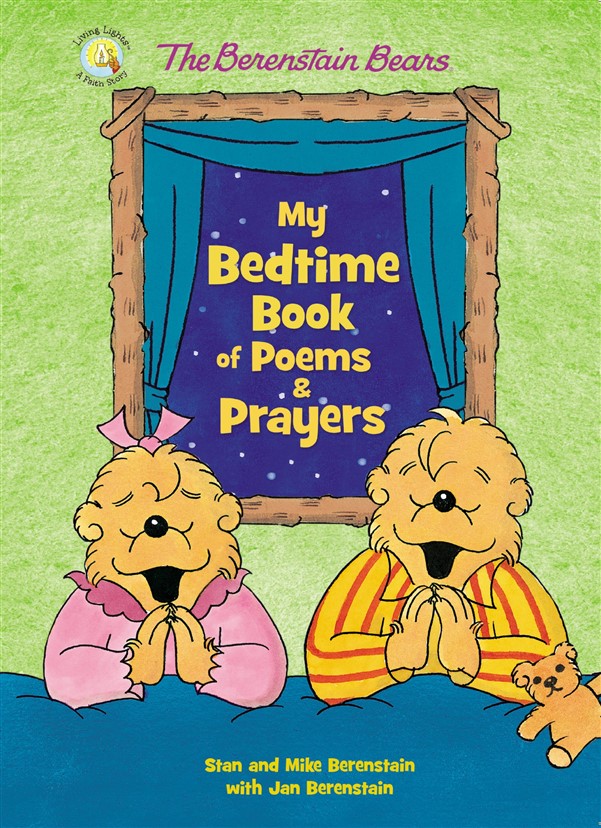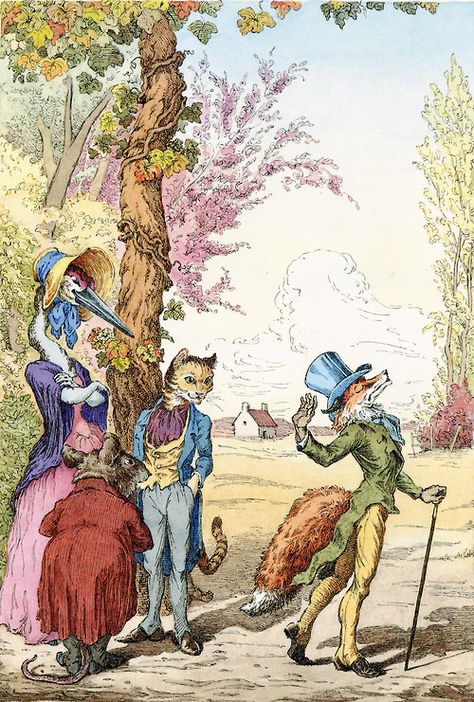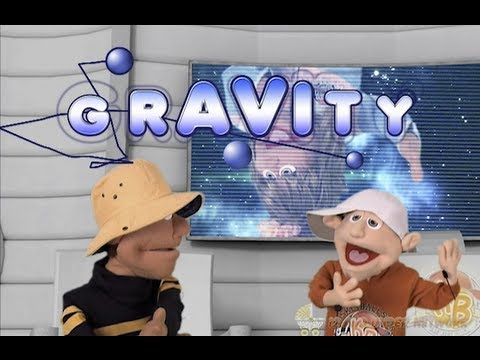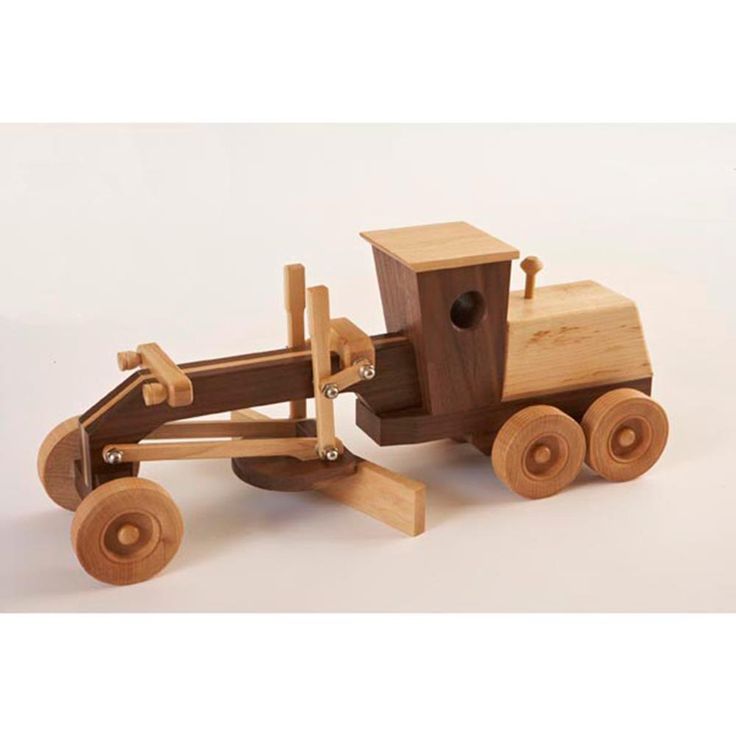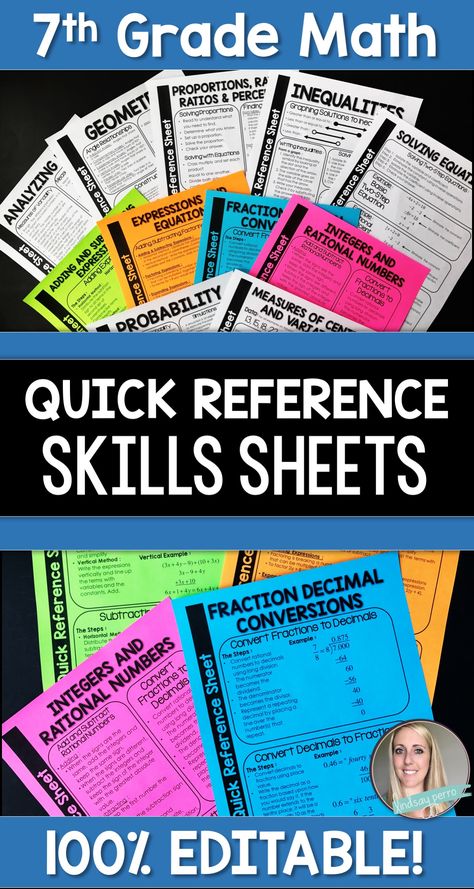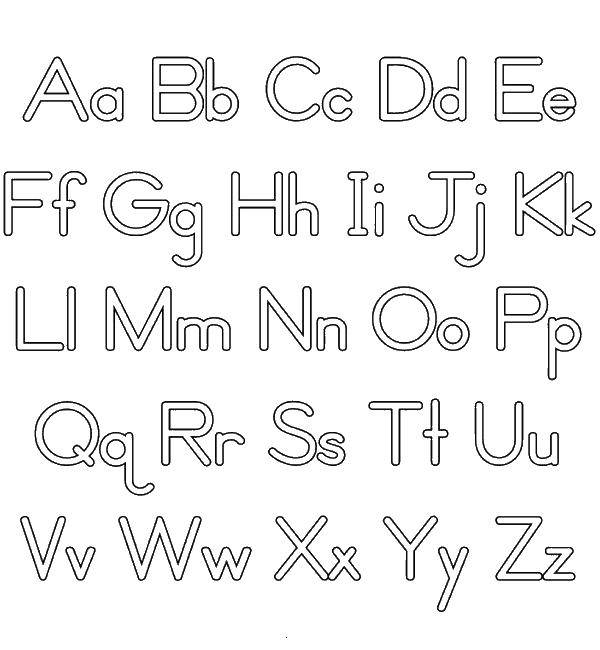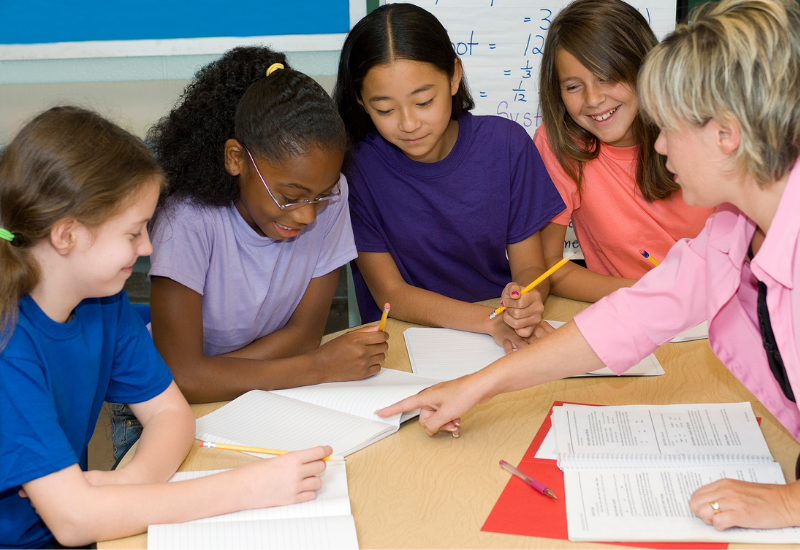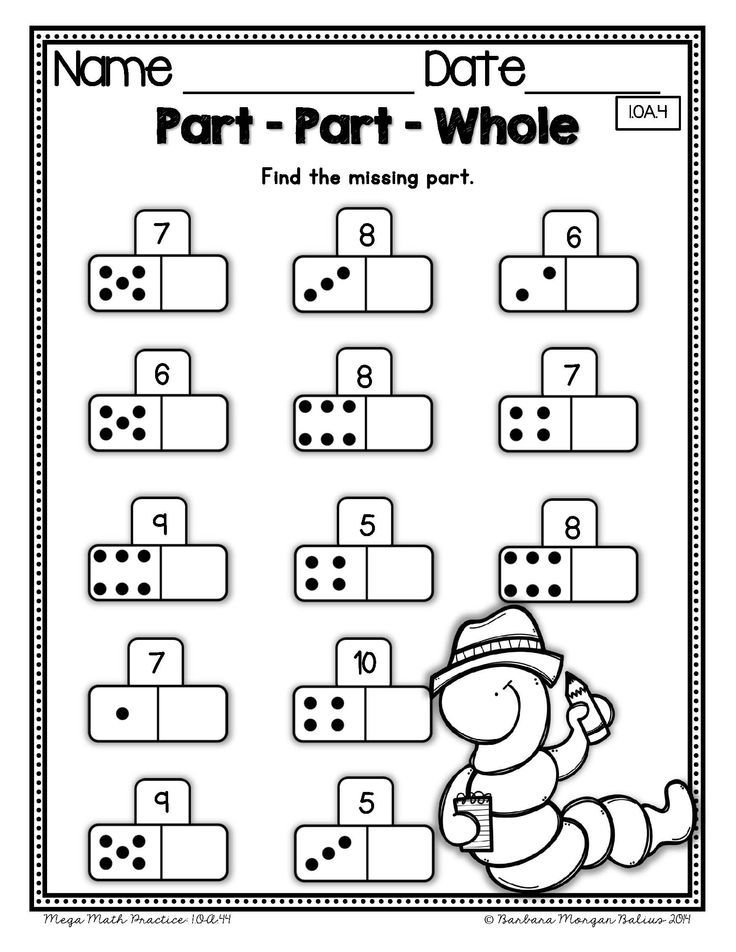Easy activity for preschoolers
Awesome Activity Ideas for Preschoolers
- Share
The preschool years are a time of non-stop fun and learning.
The moments you get to spend with your children, getting your hands dirty or playing games, are priceless and will benefit them forever!
This post is a special collection, made just for parents, so that you have a new set of ideas to try out at home to keep the learning fun and fresh.
I reached out to some of the most influential parenting and educational bloggers and asked them each to share one of their favourite activities for preschoolers, that is both packed with fun and educational at the same time.
Here are their answers and they’re all as creative and varied as I expected.
Choose from this list of the best games and activities to develop your child’s:
- fine motor and gross motor skills
- body awareness
- sensory integration
- creativity
- memory
- emotional intelligence
- language
- visual perception
- listening skills
- problem-solving skills
- and more!
Ice-Melting Fun
One of my favourite preschool activities (oh boy, I have so many favourites!!) is an ice-melting activity that has kids melting a block of ice with salt and water with tools and instruments like tweezers, pâté knives, turkey basters, spoons, etc.
You simply freeze lots of small objects in a block of ice and let the kids work away at melting the ice to extract the objects. You can choose from so many themes.
A few of our favourites are: freeze plastic dinosaurs in a block of ice for a “dino dig,” freeze plastic fish, marine life and seashells in a block of ice for a “frozen ocean dig” or freeze plastic gems and jewels in a block of ice for “diamond dig.”
Another favourite is to freeze various items in a rubber glove filled with water like we did for our Haunted Halloween Hands and our Elsa’s Frozen Hands activity.
Above, you can see a photo of my daycare children hard at work melting Elsa’s frozen hands to get to the treasures frozen inside.
Here are links to some of the ice melting experiments we’ve done here:
Elsa’s Frozen Hands: https://happyhooligans.ca/
Dino Dig: https://happyhooligans.
Haunted Halloween Hands: https://happyhooligans.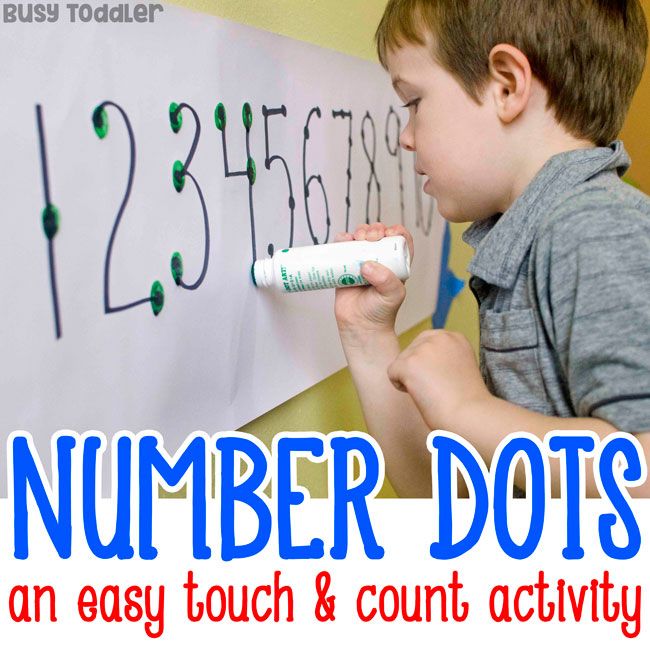
Jackie – https://happyhooligans.ca/
Crafts
One of our favorite things to do when my daughter was younger was to get on the floor and do crafts.
I would make periodic trips to the dollar store and stock up on poster paper, stickers, pompoms, pipe cleaners, glitter glue, poster paint, pencils, erasers, tiny notebooks, felt sheets, sticky notes, crinkle paper rolls, paper plates and cups, plastic spoons, balloons, cupcake wrappers, googly eyes, tissue paper, foam stickers, yarn, aluminium foil and anything at all that could fit in our crafts drawers.
I would also periodically Google for “dollar store crafts for kids” and look on Pinterest to keep my head full of ideas.
Whenever we had some time, I would pull out a few supplies and we would craft away. Or, I would ask her to “pick a drawer” to craft from (we have a colorful set of drawers to keep our craft supplies in) and she would get so excited!
Most of our “crafts” ended in the trash at cleanup time, and a few on her wall (which she still cherishes, even after 5+ years!), but making Pinterest-worthy crafts was never the goal.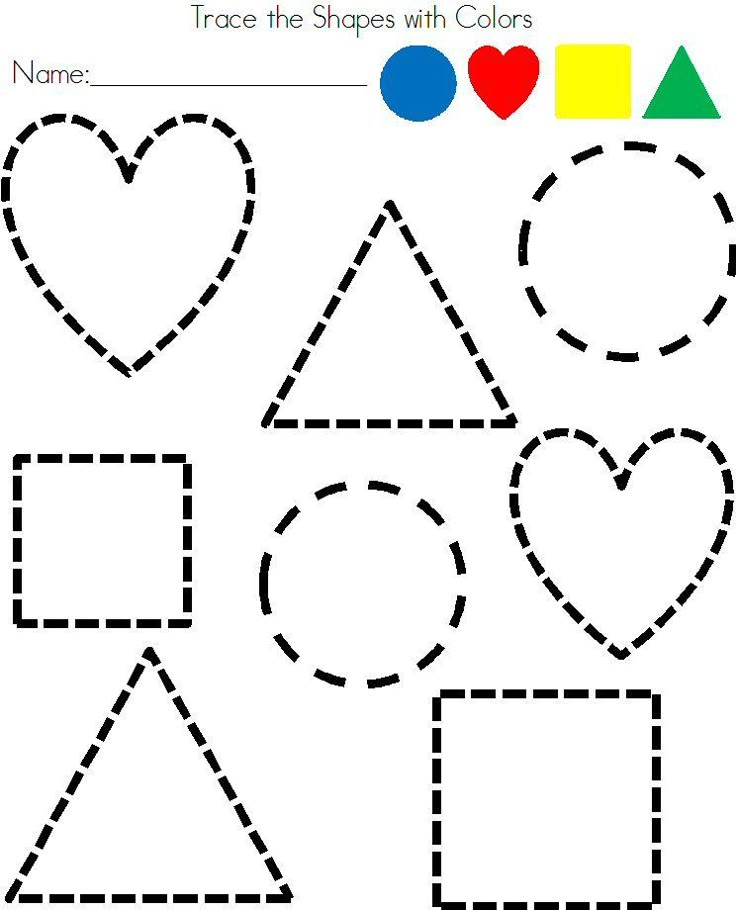
We just both liked doing stuff with our hands and that was a great way to spend time together, creatively exploring with whatever material we had at hand, and jabbering or giggling away throughout the process.
She is 10 now, and even to this day, “doing crafts” is one of her favorite ways to spend her free time. I join her when I can, and at other times she is happy to do it on her own. It’s been a great outlet for both connecting and de-stressing – for both of us!
Sumitha – https://afineparent.com/
Letter Memory Game
We like to take matching capital and lowercase plastic letters and hide them under upsidedown cups in an array. We do about 8 letters at a time for a total of 16 cups.
The children can then play memory, lifting up two cups at a time and peeking underneath to find if their letters are a match. It’s a fun way to practice letter recognition and includes some fine motor skills as well.
Amy – https://planningplaytime. com/
com/
Sensory Wall Mosaic Art
Sensory Wall Mosaic art is my favorite kids’ activity for this age range. It’s a great way to explore colors, textures, and shapes. It also makes a great collaborative project.
You can find more details here: https://www.mamasmiles.com/sensory-wall-mosaic-art/
Maryanne – https://www.mamasmiles.com/
Fill the Square
Make a square on the ground using duct tape. Set blocks or Duplo Lego bricks next to the square and invite your child to fill the square using the blocks.
It can be challenging because you have to find pieces that fit, like a puzzle.
Angela – https://teachingmama.org/
Play Dough
Play dough is probably our go-to activity for when we are busy and I need a breather.
Play dough is a very affordable option for kids that is extremely versatile. You can even make it at home with just a few common household items.
Play dough can be adapted to meet the child wherever they are developmentally, with just a little bit of creativity.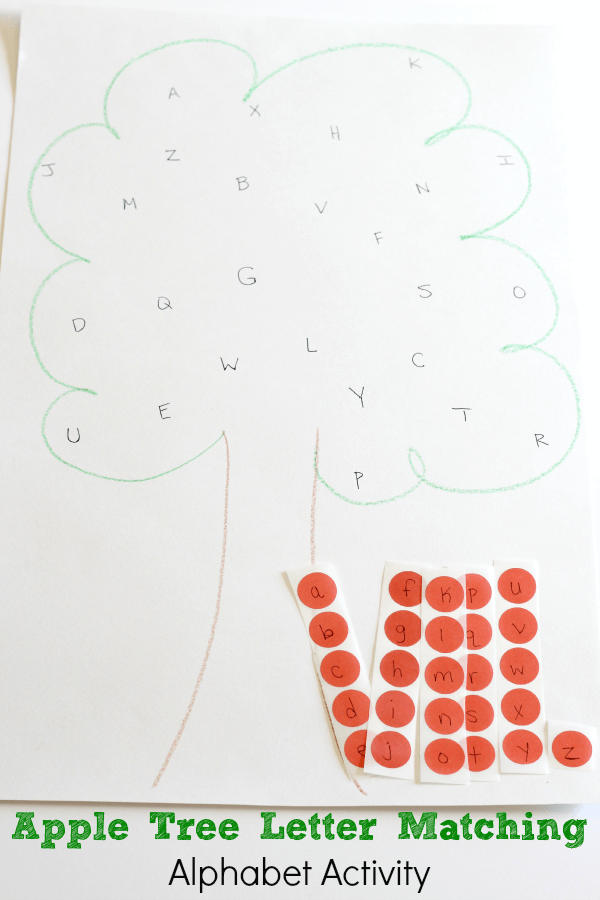 Play dough is a fantastic way to incorporate any topic you want to work with your child on while having fun.
Play dough is a fantastic way to incorporate any topic you want to work with your child on while having fun.
I discuss a couple different ways play dough challenges kids here.
You can check out some of my cool play dough mats on my website store!
Stephanie – http://parentingchaos.com/
Golf Tees and Pom Poms
Golf tees and pom poms are some of my favourite “OT tools”! Fine motor fun with busy fingers!
Here we are making a birthday cake
and adding some candles using our “pinchy fingers” to insert the golf tees into cardboard and adding mini pom poms on top. The kids love blowing the pom poms off too after singing Happy Birthday!
Cindy – https://www.yourkidsot.com/
Feelings Games
One of my favourite ways to help preschoolers develop emotional intelligence is through playing simple games that help them recognise different feelings.
For example, we might show a face, make a pose, draw a picture, or choose a colour that represents different emotions such as sadness, happiness, anger, loneliness, or jealousy.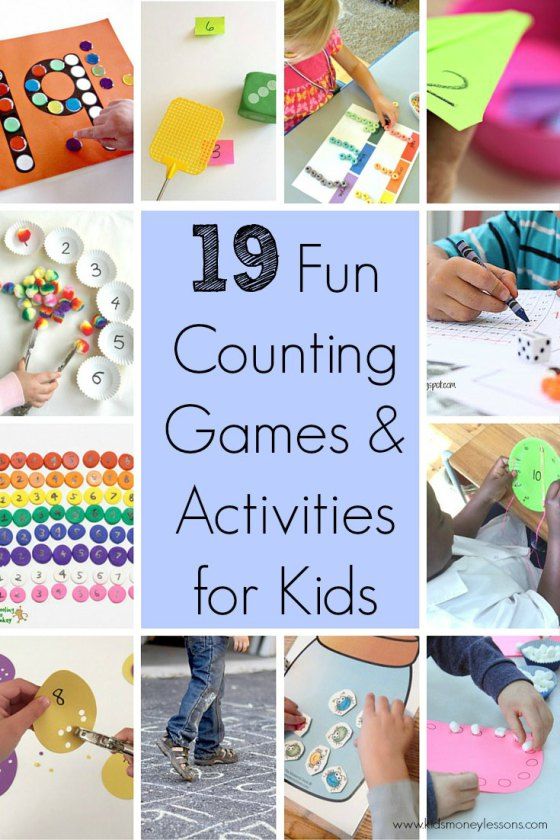
As children learn to name and identify different emotions, they are able to recognise these emotions in themselves and others.
Chelsea – http://www.momentsaday.com/
Language Play
Preschoolers need lots of opportunities to play with language to build their phonological awareness. One of the best ways to do this is through lots of back and forth conversations. The other way is through reading aloud to them and talking about the books.
A few of my favorites for building phonological awareness include The Rhyming Dust Bunnies by Jan Thomas and Frog on a Log by Kes Gray.
Jodie – https://growingbookbybook.com
Sticker Activities
I love quick activities with stickers. Match the foam stickers, trace them and match the outlines, or cut them in half to complete each shape for an extra challenge.
Visit The Activity Mom for a free printable to get started – https://activity-mom.com/2014/05/sticker-puzzles/
Nicole – https://activity-mom.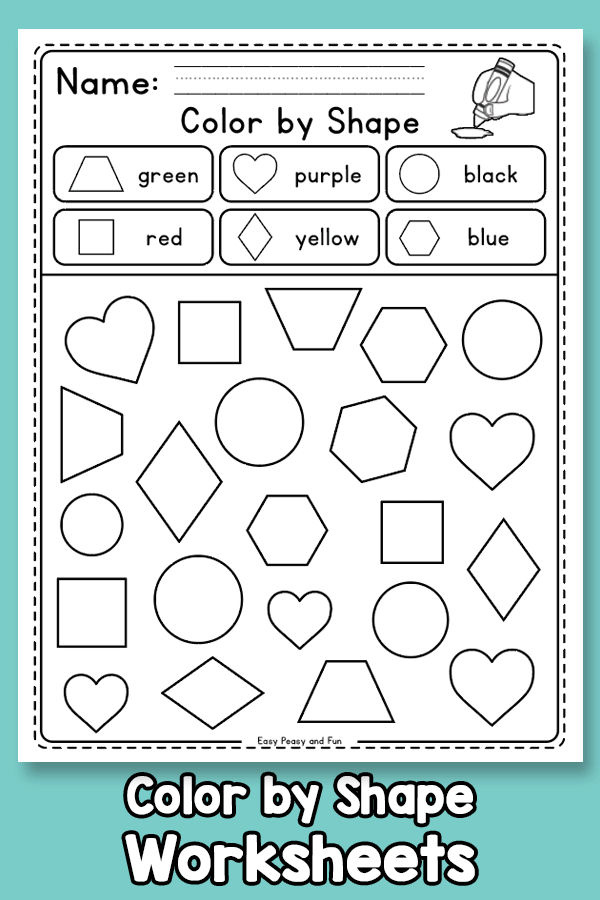 com/
com/
Paint with Spaghetti Brooms
My favorite activity is “Paint with spaghetti brooms”
This activity blends sensory and art into one and kids love that! It is such a sensory and visual treat.
Suja – http://www.funlittles.com/
Handprint Art
One of my favourite arts and crafts activities for preschool kids is creating handprint art. It’s great to get kids creating and using their imagination and there are so many different things you can add to a printed handprint.
In fact, we recently shared a fantastic piece of handprint art. It’s a fire truck and quite simple to make.
Handprint art is a great sensory activity for young ones, inspires creativity and can be a great conversation starter and means to get kids talking and practicing language skills as they chat about their art.
Painting can give little ones a real sense of accomplishment and is a simple and fun task. I hope you enjoy this fun fire truck painting idea.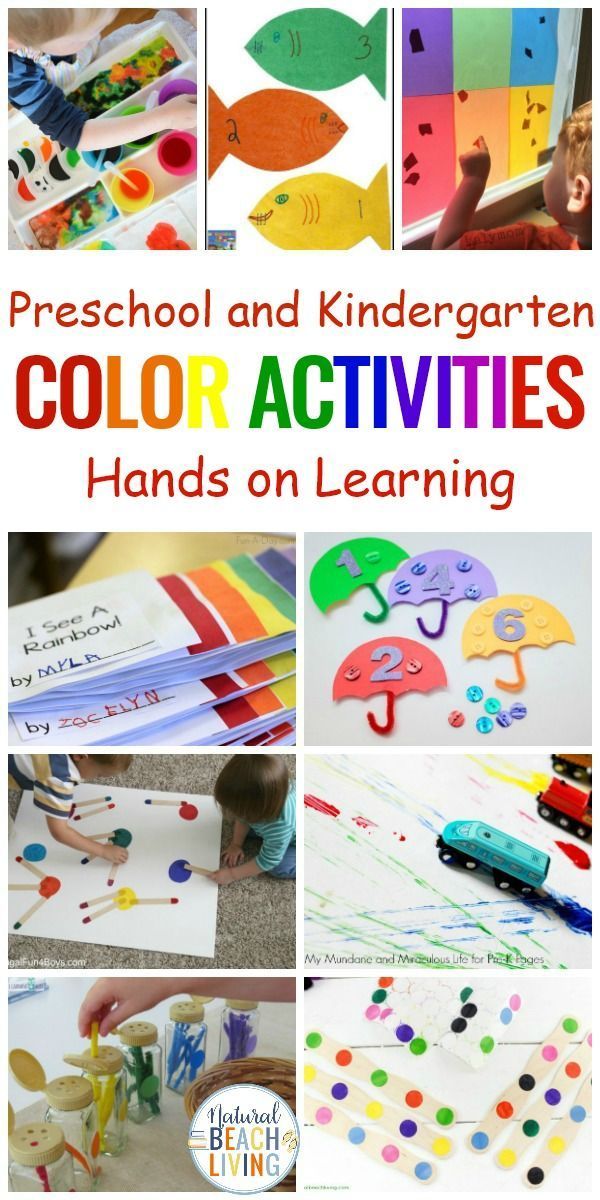 https://www.theinspirationedit.com/preschool-fire-truck-craft-handprint-art/
https://www.theinspirationedit.com/preschool-fire-truck-craft-handprint-art/
Angela – https://www.theinspirationedit.com/
Farm Themed Yoga
Farm themed yoga is the perfect way to include gross motor skills and body awareness into your farm unit.
Kids get to learn about farm animals as they move their bodies just like the animals on the farm! https://www.pinkoatmeal.com/farm-yoga/
Chanda – https://www.pinkoatmeal.com/
Invitations to Play
My favorite activities for preschoolers are invitations to play. I like to set up a tray with playdough and add other elements for them to play with. These usually have a theme of some sort.
Recently we did something similar called Spaghetti Bead Towers. This is a great activity for fine motor skills.
I put the playdough in the center of the tray and an assortment of beads in the compartments around the tray. Then I added dry spaghetti noodles to the playdough.
I had my preschooler add the beads to those noodles to create towers.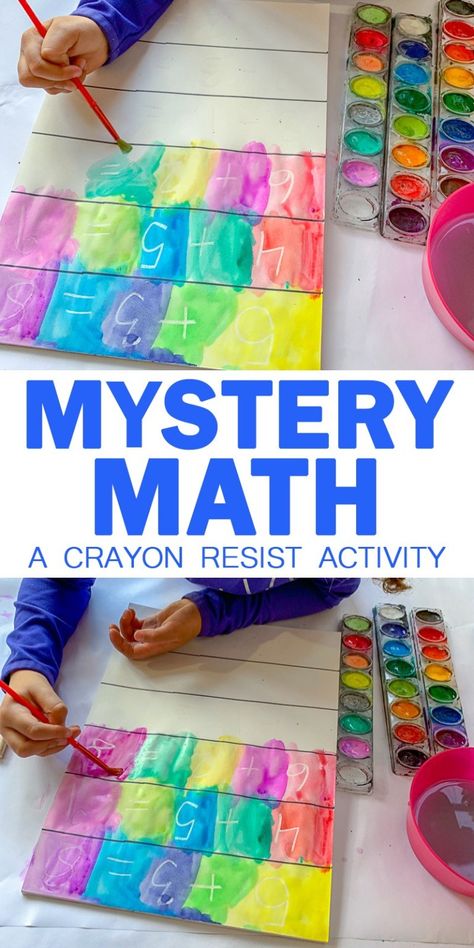 You could even ask the child to thread them on in a pattern to make it more challenging.
You could even ask the child to thread them on in a pattern to make it more challenging.
Heather – http://www.glitteronadime.com/
Scavenger Hunts
I absolutely love scavenger hunts! You can do them indoors or outdoors, they can be easily tailored to any season or subject, and children of all ages can participate.
There are so many things that children learn while searching for objects included in a scavenger hunt. They learn to pay attention to the world around them and use their memories to recall where they may have seen specific items in the past.
Scavenger hunts are perfect opportunities to reinforce basic skills such as colors and shapes or letter recognition. They also encourage children to get up and move! Here is a link to download my free Autumn scavenger hunt pdf (shown in the pic above)!
Erin – http://preschoolponderings.blogspot.com/
Matching Pairs Memory Game
A simple but engaging little activity that Adam and I have kept going back to is a Matching Pairs Memory Game.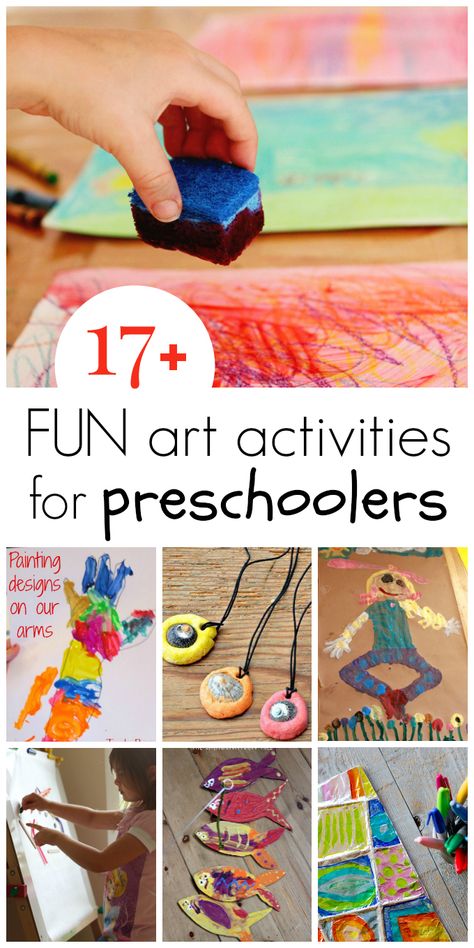
It’s great because it challenges him to be focused and stretch his memory muscle, both of which are super beneficial to overall cognitive development.
There is even an element of strategy in how you pick the cards, which keeps the game fun as the child gets older. It is quick and difficulty can easily be adjusted by increasing or reducing the number of pairs on the table.
It can be played as single player or competitive. We like to also take the opportunity to talk about the pictures on the cards, to develop vocabulary and help memorization.
Emil – https://www.adam-mila.com/
Pinecone Owls
I think for this time of year it would have to be these Pinecone Owls – they are super simple to make, look great, but even better are incredibly tactile.
Such a fabulous contrast between the soft cotton wool and the almost prickly pine cone! Great for fine motor skills too! https://www.redtedart.com/pine-cone-crafts-snowy-owls/
Maggy – https://www. redtedart.com/
redtedart.com/
Dessert Pizzas
I love to make dessert pizzas with preschoolers. The thought of making a cookie crust and adding all kinds of yummy toppings gets preschoolers smiling and their mouths watering. Mine too! This activity can be done as a group or one-on-one with mom or grandma.
It is an excellent activity because of how easy it is to create a dessert pizza. All you need is a premade sugar cookie tube rolled out onto a pizza pan lightly sprayed with cooking oil. Cook the dough and let cool completely. Slice up the pizza and give each child a slice.
The “sauce” can be icing, jam, chocolate sauce, or flavored cream cheese. Then add any toppings you like. This can include fruits, chocolate candy pieces, sprinkles and gummy candies. A preschooler can help in every aspect of this delicious treat.
Use dessert pizza for almost any theme you are teaching, including making shapes out of the dough with cookie cutters, using toppings to make a face for a unit on “I am Special.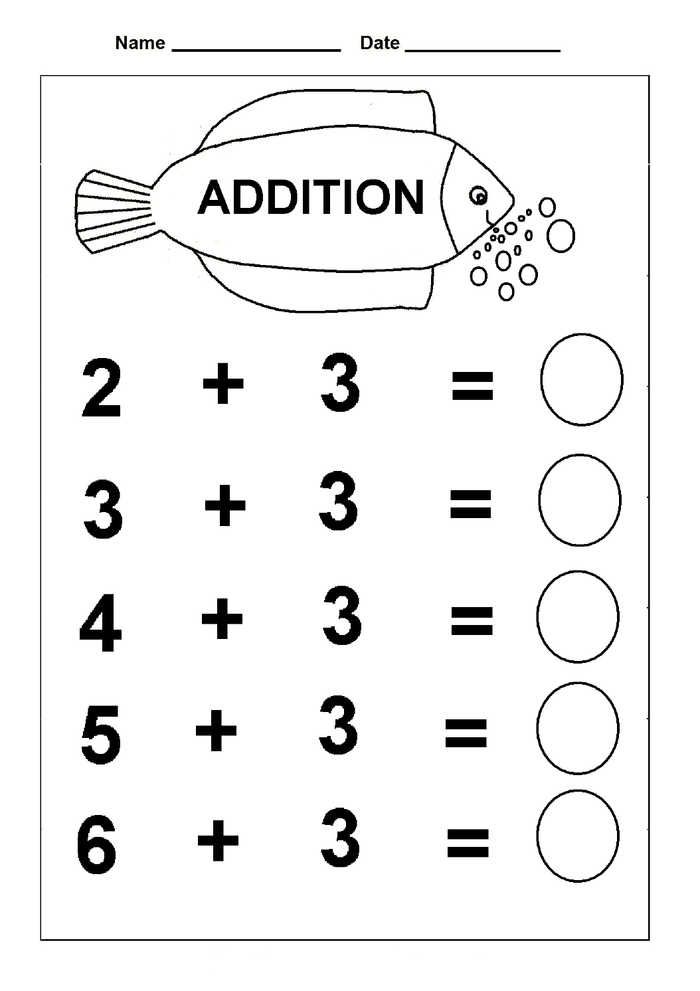 ” Try a Christmas tree shaped cookie dough or an Easter egg shape dough. The possibilities are endless!
” Try a Christmas tree shaped cookie dough or an Easter egg shape dough. The possibilities are endless!
Baking with preschoolers covers a multitude of lessons, including learning to listen, following directions, working on fine and gross motor skills, and creativity.
Denise – https://grandmateachesme.com/
Slime
One of our all-time favorite activities to do with children is to make slime. Not only is it really easy to make with items you probably already have at home but it is also so simple to customize each batch to your child’s interests!
Some of our favorite recipes are making scented slime and slime with texture like Pom Pom slime. But you can add glitter for children that love sparkle, color dye to match their favorite color or scents like lavender to help create a calming and anxiety-reducing effect while they play.
The benefits of slime are numerous and pretty extraordinary for such a simple activity. Making the slime helps develop fine motor skills as well as developing listening and problem-solving skills.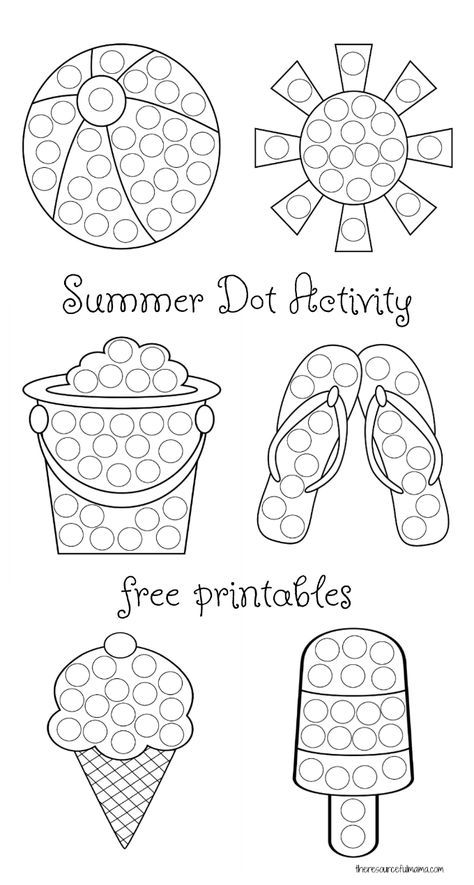
It can also help create a fun learning experience as they experiment and use scientific processing to explore different ingredients.
Playing with the slime is also fantastic for fine motor skills and is the perfect sensory activity. Not only do they experience touch but if you make your slime scented, colored and textured you are adding a whole new level of sensory experience.
Kirsty – https://merakimother.com/
Completing Drawing Prompts With Crafts
A popular activity in preschool is to give the children a drawing prompt of anything they want and then let them complete the picture with any craft materials they have at hand.
I usually ask them what they want to make this time and draw it on the spot, but if more than two children start asking for the same drawing prompt, then I make a “master one” and photocopy it for everyone to save time.
For anyone who wants to do this without having to draw the prompts, I have a few drawing prompts available on my website – a set of incomplete animal drawings and a Christmas themed set.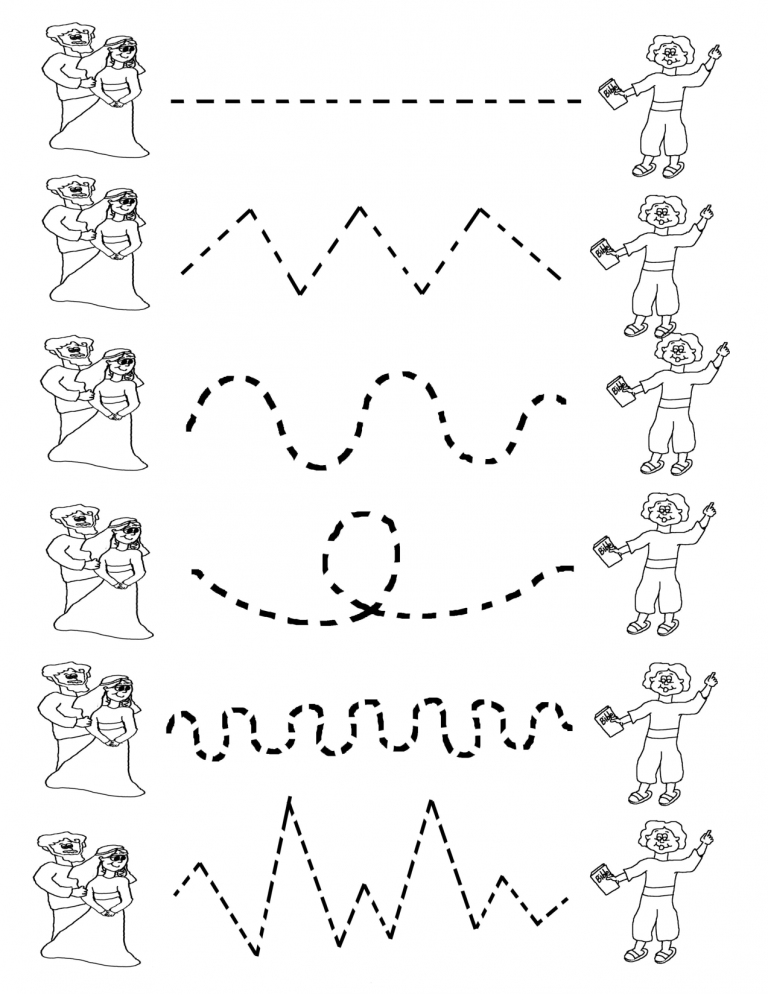
Both sets of printables are free to download as PDFs and I will add more from time to time since the children always come up with new ideas (unicorn requests seem to be very popular at the moment).
Rodrigo – https://boxofideas.uk/
Invitations to Play
I love invitation to play activities where preschoolers can freely express their imagination. Their creative minds can come up with the most amazing and unexpected ideas!
I did one such activity with my three-year-old daughter. We called it the Christmas tree decoration party. For this one, we made creative use of aluminium foil as the wrapping base for a cardboard Christmas tree and let my daughter loose on it for decoration. Check out the amazing outcome in our post.
This is also a fun activity to help develop fine motor and scissor skills in preschoolers. Here is the link to the post: https://www.thejoysharing.com/2017/11/aluminum-foil-christmas-tree-ornaments.html
Shikha – https://www.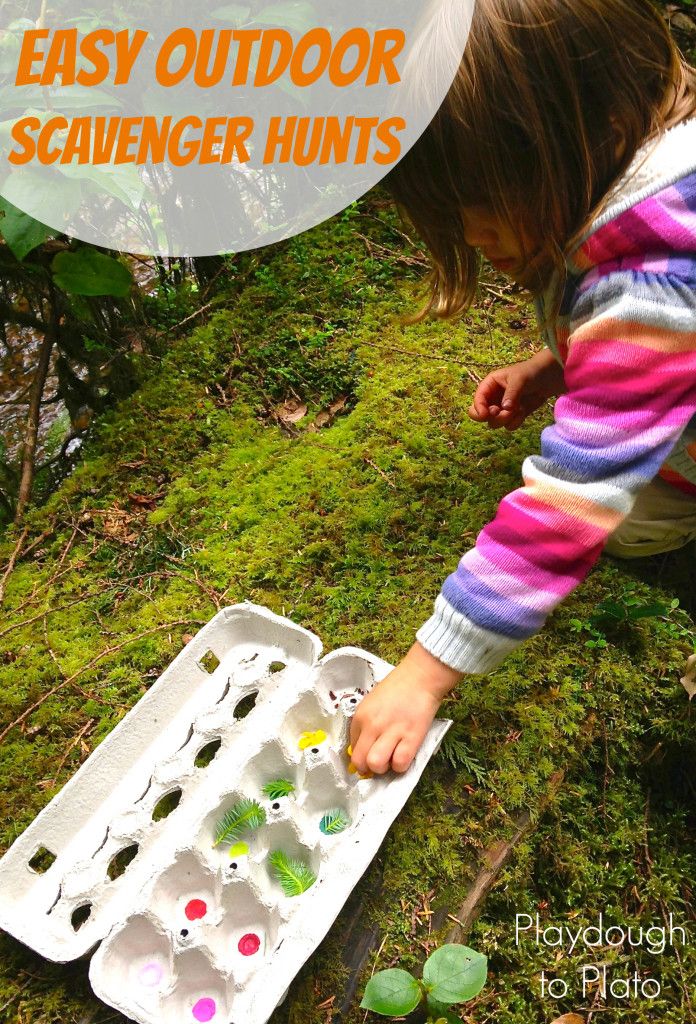 thejoysharing.com/
thejoysharing.com/
Body Bridges
One of our favorite activities for preschoolers is called Body Bridges. In this fun activity, kids use their bodies to create “bridges” for toy cars by moving into different positions. We’ve tried plank pose, downward dog, crab walk position, and more!
This gross motor activity is great for building core strength, shoulder and wrist stability, and hand strength!
Claire and Lauren – https://theinspiredtreehouse.com/
Sorting Box Play
I am fortunate to be able to spend my days learning through play with my students who are ages three to five. One of the biggest challenges for me as a teacher is to come up with things that my students can explore all by themselves. Whatever I choose has to be simple to prepare and yet bring value to the learning process.
A recent favorite activity of our students is our sorting box. We change up our sorting box all the time to keep the process interesting.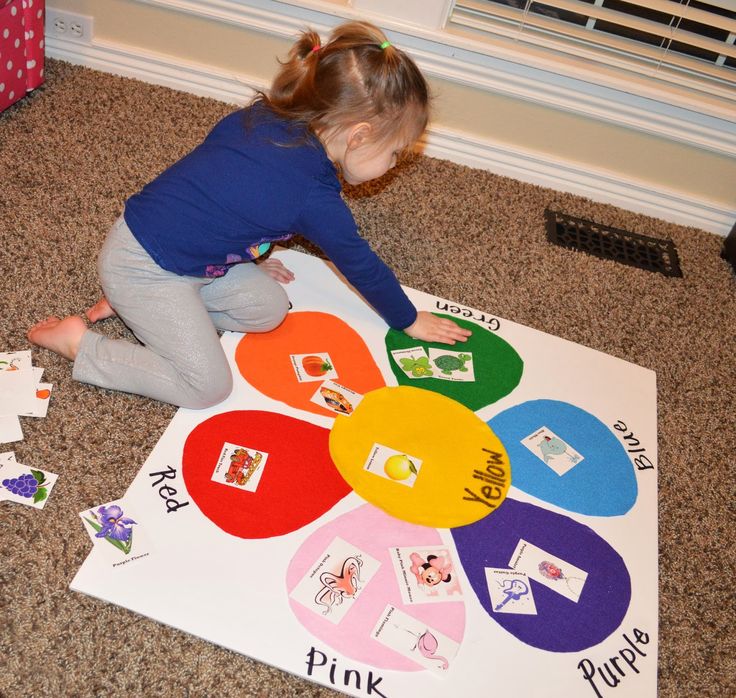 To prepare this simple matching game, we fill one compartment with colorful loose parts and then put matching colored stickers in the other compartments.
To prepare this simple matching game, we fill one compartment with colorful loose parts and then put matching colored stickers in the other compartments.
The children sort the colorful loose parts by matching them to the colorful dots. Super simple but lots of learning going on!
Deborah – https://teachpreschool.org/
Letter Crafts
Preschool is a wonderful age to do letter crafts and activities. It’s a great time to encourage early literacy by helping them discover letters and their sounds in fun and creative ways. For a number of years, I hosted the 31 Days of ABC, a collection of letter activities and crafts from bloggers all over the web.
Letter crafts don’t have to involve a lot of prep work or materials. In fact, some of my favorites involve using found materials from nature. And, they are easy to adapt to other languages, which is important in our bilingual household. For example, Q can be for “Question” or “¿Qué?” in this easy craft that encourages investigation.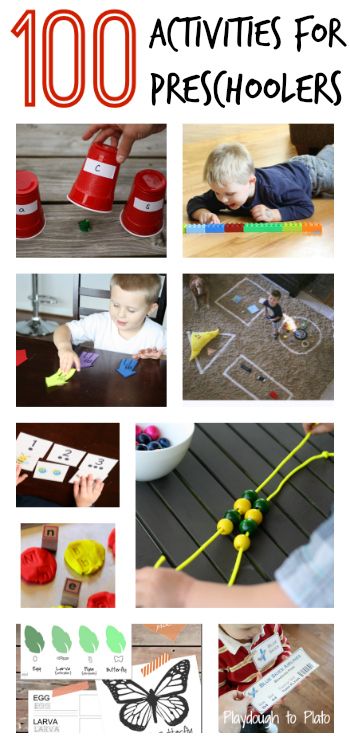
Here is a roundup of some of our favorite letters crafts and activities for preschool: https://alldonemonkey.com/2018/05/01/favorite-letter-crafts-and-activities-for-preschool/
Leanna – https://alldonemonkey.com/
Playdough
My favourite activity for preschoolers would be playdough. A great, big batch of homemade playdough does the trick!
Playing with playdough can help a preschooler build many skills without even realising. The cutters and gizmos that come with playdough in the shops are fun to use, but my most effective activities come from using just the dough on its own.
You can work on coordination skills by squishing the dough into one big ball, pounding it flat, and/or rolling it out on the table using both hands to make a sausage. Rolling small balls between both hands is also great for bilateral coordination.
Working with playdough also strengthens the muscles of the hands, and if you use the fingers to roll little balls, you are working on fine motor
skills as well.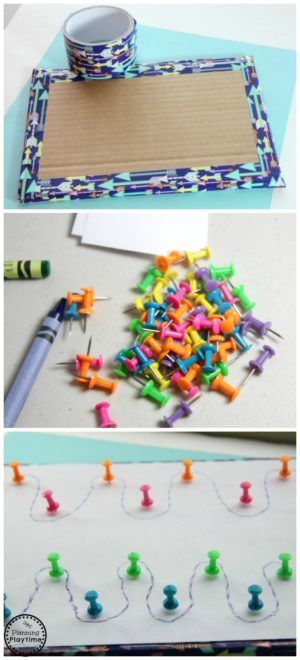
I outline some of the benefits of playdough activities on this page of my site – https://www.ot-mom-learning-activities.com/playdough-activities.html – and I also have a great homemade playdough recipe:
I usually spend some time playing with my kids with just the playdough, seeing what we can make together. Then once we have done lots of bilateral and fine motor work, I let them play with the cutters, rollers and other playdough toys – usually keeps them entertained for ages!
Tracey – https://www.ot-mom-learning-activities.com/
I hope you’ve enjoyed reading all these new activity ideas!
Get FREE access to Printable Puzzles, Stories, Activity Packs and more!
Join Empowered Parents + and you’ll receive a downloadable set of printable puzzles, games and short stories, as well as the Learning Through Play Activity Pack which includes an entire year of activities for 3 to 6-year-olds.
Access is free forever.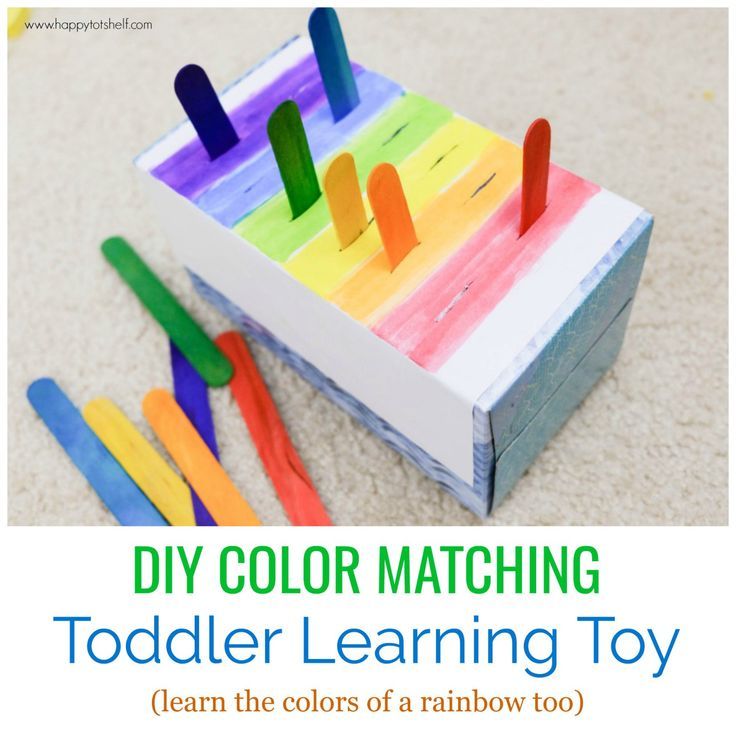
Signing up for a free Grow account is fast and easy and will allow you to bookmark articles to read later, on this website as well as many websites worldwide that use Grow.
- Share
50+ Super Awesome Preschool Activities
I love a good preschool activities moment, but I HATE having to blindly search Pinterest for the “good ones”. It just takes way too long.
I know you feel me.
There are so many amazing preschool activities for us to use at home – but wouldn’t it be easier if they were all in one place? Friends, it is here.
Welcome to my comprehensive list of activities for preschoolers. I’m so excited to roll this out.
What activities are good for preschoolers?Any activity that involves PLAY is a great activity for a preschooler.
The world is just opening to them and they are sponges trying to take all the information in.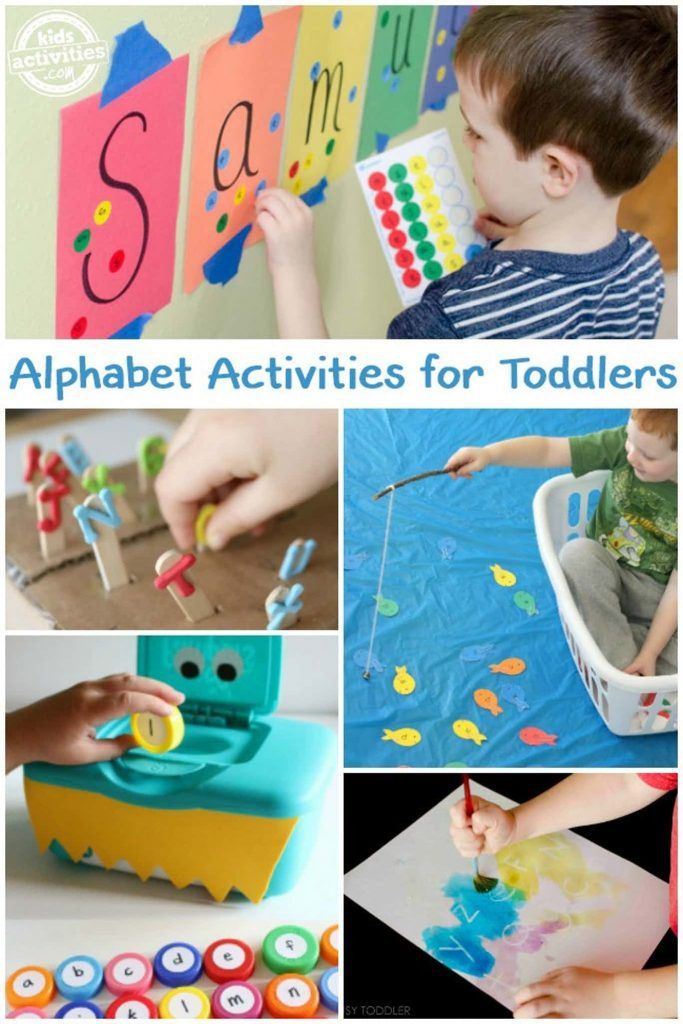 Plus, they do have a few more skills and a lot more background knowledge / life experience than toddlers, along with all that wonder and imagination.
Plus, they do have a few more skills and a lot more background knowledge / life experience than toddlers, along with all that wonder and imagination.
They are living in such a sweet spot for activities.
RELATED: Thinking about doing preschool at home? Check out my super simple homeschool preschool program, Playing Preschool.
So what kind of activities do preschoolers need?- Our preschoolers need hands-on learning (so do our big kids but this post is focusing on preschoolers).
- Our preschoolers need tangible (they need to TOUCH everything).
- Our preschoolers need a chance to learn by doing (and actual doing, not pencil to paper doing).
Truth be told, in this post, focused more on learning activities for preschoolers – and I’m fine with it. Preschoolers have a ball doing all toddler activities and sensory bins…
But the activities in this list are ones they can in addition to those.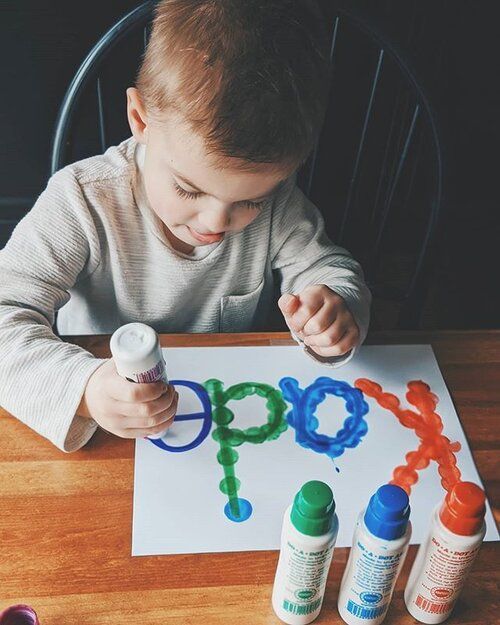 Toddlers aren’t ready for complex math activities using dice and tallies – but our preschoolers are.
Toddlers aren’t ready for complex math activities using dice and tallies – but our preschoolers are.
I wanted a post that really highlighted activities that are geared more towards the pre-k crowd. So I wrote one…
Do you need worksheets for these?In a nut shell: no. But first, I need to get on my soap box for a minute.
(Throat clear)
There’s an INFLUX of preschool activities nowadays that use printables or worksheets and friends, that’s just not what our kids need.
Our preschoolers can do SO MUCH with their handsLet’s give them a chance to show off their skills and abilities WITHOUT using a two-dimensional worksheet.
Here are 50+ activities that prove just how capable and amazing these kids are.
My Favorite List of Preschool ActivitiesBecause I cannot just throw a list of 50-something activities out into the world, I’ve broken this list into three learning categories: STEM (particularly math and science), literacy, and art.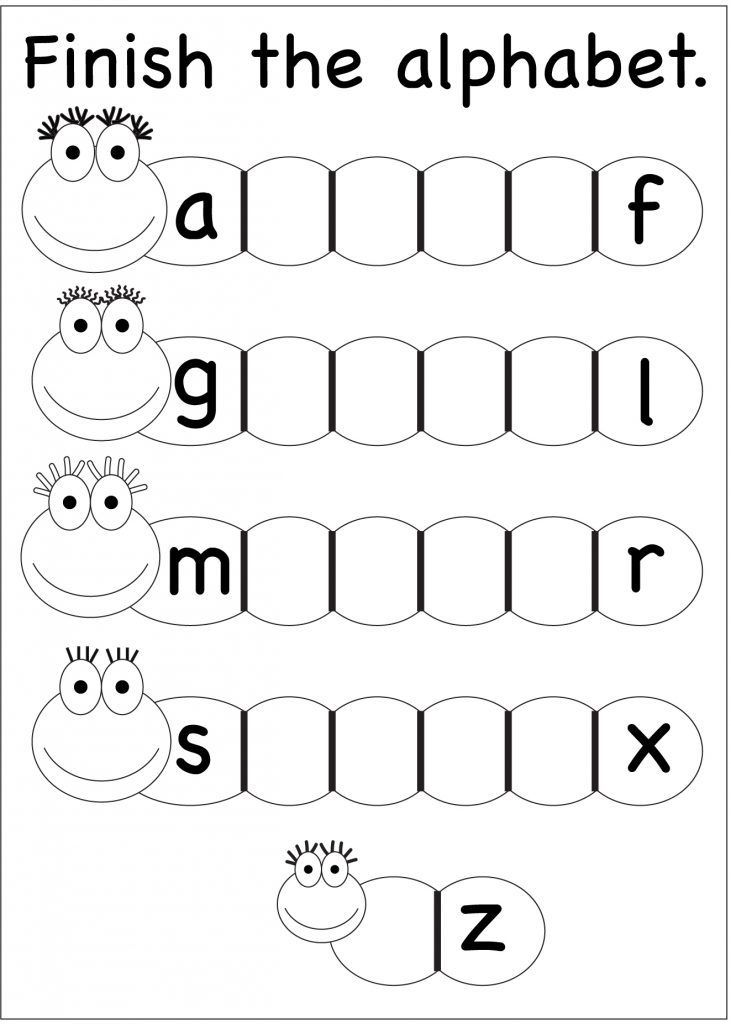
Remember, just because I didn’t include an array of sensory bin or motor skill activities doesn’t mean we walk away from those once we hit preschool land…
I simply wanted to highlight some learning activities for preschoolers that may be a tad much for the toddler crowd.
STEM Activities for Preschoolers
The STEM list of preschool activities is broken into a two sub groups – apparently, I really like grouping.
I divided it into math activities & science activities to make it even easier to find the right activity for your kiddo.
Math Activities for PreschoolersPreschool Math with Duplo Legos – Frugal Fun 4 Boys and Girls
Introducing Addition – Busy Toddler
Count & Bead: Pre-K Math Activity – No Time for Flashcards
Shadow Activity: Build the Blocks to Match – Hands on as We Grow
Shape Sorting Activity – Busy Toddler
Skyscraper Day Building Activity – No Time for Flashcards
Corn Sorting Preschool Math Activity – Busy Toddler
2D Shape Hunt – Playdough to Plato
Find the Shapes – Busy Toddler
Cut and Paste Shape Game for Kids – Playdough to Plato
Make a Domino Line-Up – Busy Toddler
How Many Legos Long? – Playdough to Plato
Post-it Number Line Activity – Busy Toddler
Preschool Build and Measure Center – Play Teach Repeat
How to Use a Ten-Frame – Busy Toddler
Shaving Cream Foam Block Sensory Play – Days with Grey
Easy Sticker Number Match – Busy Toddler
Post-it Number Match – Busy Toddler
Roll & Count Tally Activity – Busy Toddler
Science Activities for ToddlersBlowing Balloons with Baking Soda and Vinegar – Hands on as We Grow
Making Potions Science Experimenting – Busy Toddler
Microwave Ivory Soap Experiment – Happy Hooligans
Itsy Bitsy Spider Sensory and STEM Activity – Play Teach Repeat
Bubble Droppers Science Experiment – Busy Toddler
Cool Science: Spring Salt Painting – Toddler Approved
Making Potions Science Experiments from Busy ToddlerLiteracy Activities for Preschoolers
Welcome to my list of 20+ Literacy Activities for Preschoolers – we are talking alphabet letters, sounds, name recognition and all the other fun preschool work on road to reading.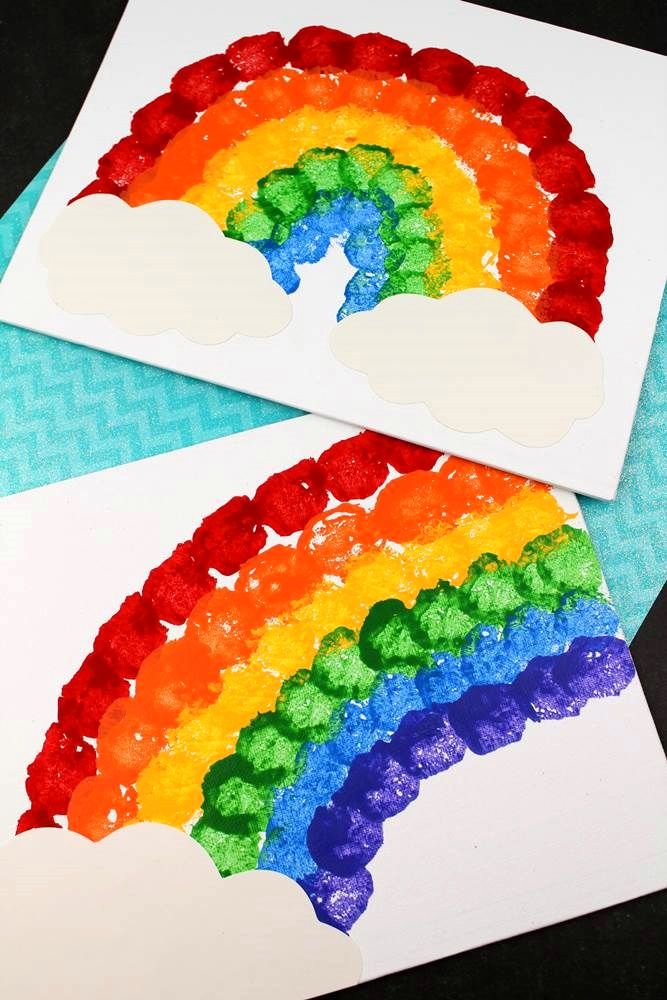
There’s no rush to learn to read, and these activities are ONLY meant for kids who are ready for them. Don’t worry or push your preschooler into literacy…it’ll happen naturally.
When they are ready to explore the ABCs – this is your list.
RELATED: Worried about your child and the ABCs? Read my thoughts on it.
Find Your Name Breakfast Invitation – Days with Grey
Letter Board Name Search – Preschool Inspirations
Alphabet Line-Up with Post-it Notes – Busy Toddler
Hidden Name Art – Fantastic Fun and Learning
Alphabet Sticky Wall – Toddler Approved
Alphabet Ice Game for Kids – Days with Grey
Building Names – Busy Toddler
Sensory Name Recognition Activity – Play Teach Repeat
Alphabet Tunnel Play – Toddler Approved
Sticker Name Recognition Activity – Busy Toddler
Color Words Drive-Up – Days with Grey
ABC Tube Alphabet Matching – Busy Toddler
Giant Alphabet Sticker Connect the Dots Game – Toddler Approved
Marshmallow & Toothpick: Alphabet Building Challenge – Play Teach Repeat
Post-It Names – Busy Toddler
Chrysanthemum Preschool Name Art – Fantastic Fun and Learning
Alphabet Soup Matching – Busy Toddler
Alphabet Construction Zone – Play Teach Repeat
Giant Word Search – Busy Toddler
Build Your Name – No Time for Flashcards
Build an Alphabet Wall with Preschoolers – Toddler Approved
Easy Alphabet Match Up – Busy Toddler
Family Name Matching – Busy Toddler
Alphabet Soup Matching from Busy ToddlerArt Activities for Preschoolers
Who doesn’t love a good preschool art moment?!
This list of art activities is filled with process art ideas that preschoolers just love.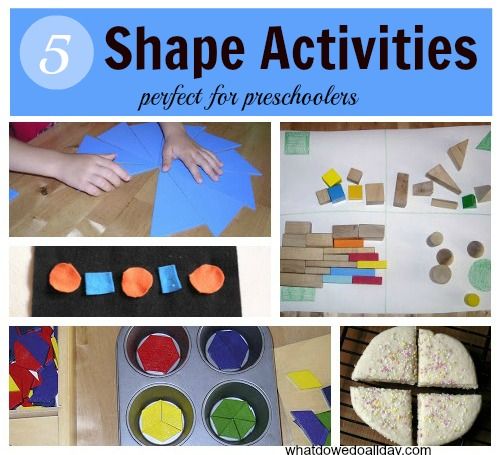
Process art is a fancy term for “art that has no predetermined end appearance”. It’s a beautiful thing to let our preschoolers explore art without any preconceived expectations.
Paint the Ice – Days with Grey
Watercolor Coffee Filter Flower – Hands on as We Grow
Bubble Painting Art Activity – Fun Learning for Kids
Outdoor Name Art – Busy Toddler
Rubber Band Splatter Painting – Hands on as We Grow
Seashell Self Portrait – Fantastic Fun and Learning
Play Dough Trays for Preschoolers – Play Teach Repeat
Color Mixing Activity – Days with Grey
Frozen Paint Process Art – Busy Toddler
Paper Plate and Button Self Portrait – No Time For Flash Cards
Monster Collage Art Activity – Fun Learning for Kids
Vibrant Paper Towel Art – Happy Hooligans
Pop Can Prints – Easy Art Project – No Time for Flash Cards
Body Paint Process Art – Busy Toddler
Ladybug Art – Fantastic Fun and Learning
Paper Plate Art – Play Teach Repeat
Salt, Glue, and Watercolors Writing Activity – Happy Hooligans
Frozen Paint Process Art – Busy Toddler50+ Awesome Preschool Activities – that’s a wrap!
There’s a whole world of play-based learning activities for preschoolers out there – it’s just a matter of finding them.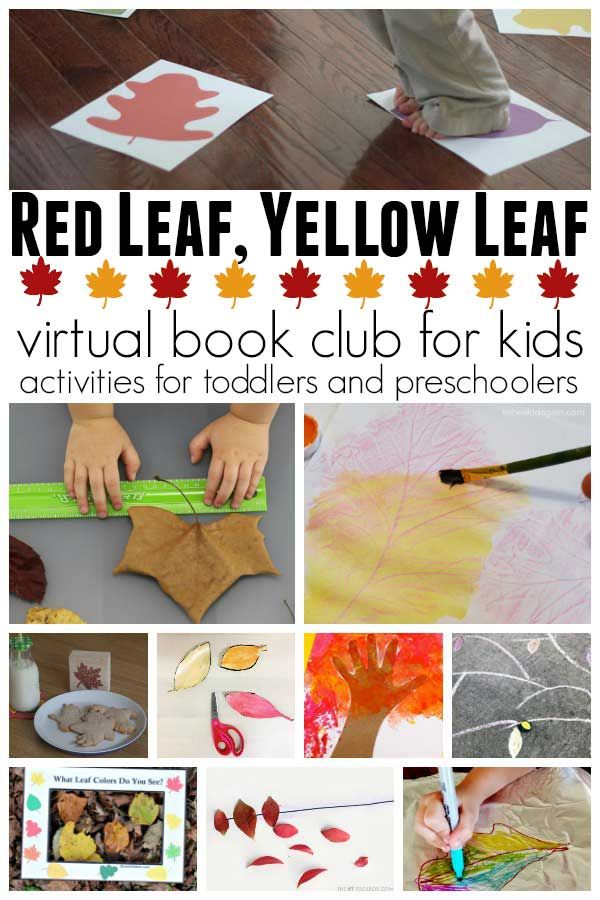
What are your favorite activities for preschoolers?
Educational activities for kids.
Are you playing correctly with your child? "What a strange question!" - exclaim most of the adults - "How can you play right or wrong?". That's the thing, it's possible! Let's take an ordinary pyramid. Playing with it, the kid alternately strings the elements onto the base and, usually, he quickly gets bored with this activity. And you explained to the baby that all the details are different in color and size, that you can assemble the pyramid in reverse, that this ring is red like mom's dress, and this one is green like grass, etc. Yes, 50% of parents do not even imagine that with a simple pyramid you can come up with many games. And all of them will belong to the category "Educational games for kids."
Dear parents and grandparents, remember the main thing - your children learn when they play.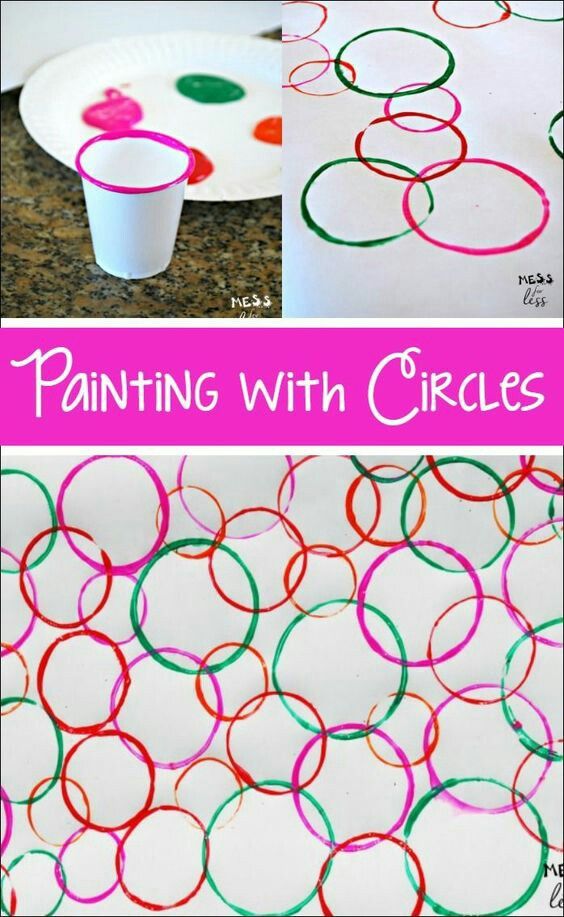 Try to help them! Undoubtedly, you can take your child to kindergarten, as well as to additional classes in a children's developing club, where there are ready-made programs and algorithms. But there is another alternative, to compose a complex of educational games on your own and train at home. Trust me, it's fun!
Try to help them! Undoubtedly, you can take your child to kindergarten, as well as to additional classes in a children's developing club, where there are ready-made programs and algorithms. But there is another alternative, to compose a complex of educational games on your own and train at home. Trust me, it's fun!
Educational activities for one-year-olds
By the first year of life, the child already tries to speak, understands what is being explained to him, is able to recognize and memorize objects. The task of the mother is to interest the baby, to concentrate his attention on the main thing. As for classes, you can use any bright objects at hand: mittens, pictures, toys, plastic containers and other items.
- Find the item. Hide a toy nearby and invite the baby to find it, while telling what color, size, shape it is. Invite the baby to repeat the name of the hidden toy with you. This game develops memory and imagination.
- Gymnastics for fingers.
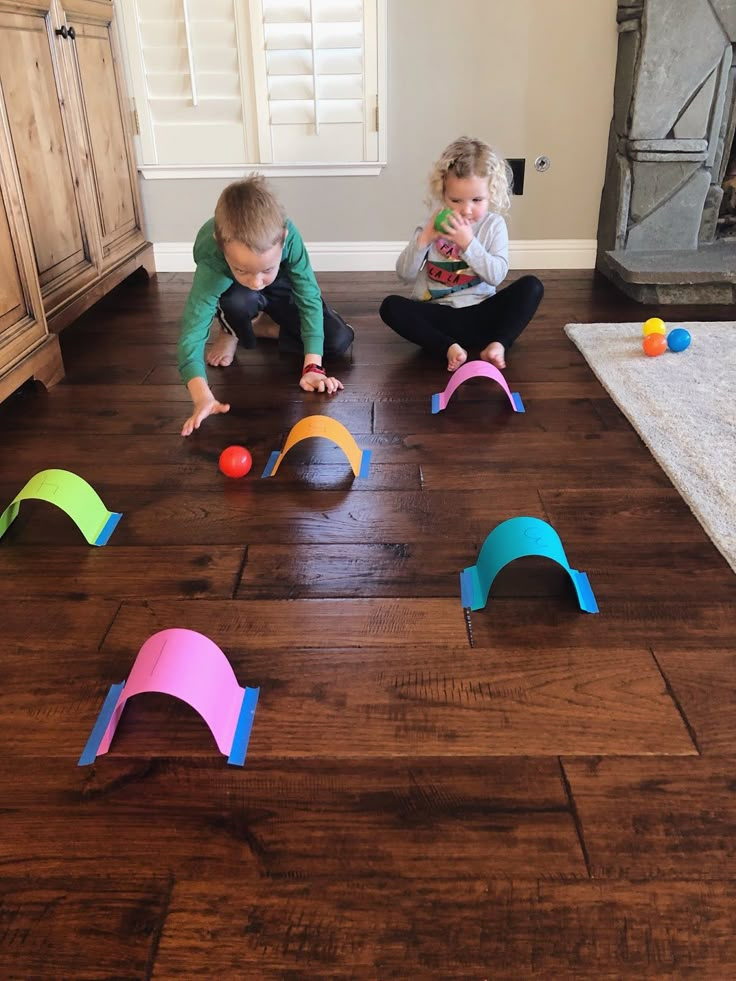 Develops fine motor skills well. Try to pick up verses in advance, so it will be more interesting for the child to depict with pens what is said in funny verses.
Develops fine motor skills well. Try to pick up verses in advance, so it will be more interesting for the child to depict with pens what is said in funny verses. - Ball games. Even if the baby has not yet learned to walk, he will be happy to crawl after the ball and roll it. For classes, you can turn on fun music.
- Dancing. All children love to dance. Turn on the music, make movements and be sure to repeat everything aloud: “Right hand forward ...”. Such developmental activities for kids improve coordination of movements, form a spatial perception of the world.
Educational activities for children from 1 to 3 years old
Children from one year old love to repeat everything after adults. It's amazing how much they notice their parents. Use children's curiosity for educational activities.
- Role play. Invite the child to take on the responsibilities of an adult: put the bear to bed, wash clothes for the doll, wash the dishes, fix the typewriter .
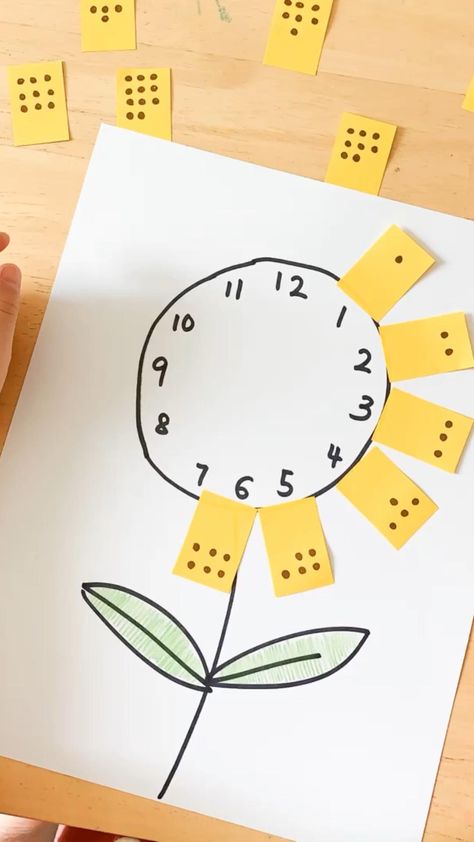 .. Be prepared to learn a lot about yourself that you didn’t notice before.
.. Be prepared to learn a lot about yourself that you didn’t notice before. - The ratio of shapes, colors and sizes of objects. You can buy the appropriate games in the store, but practice has shown that it is sometimes more interesting for a child to deal with familiar things. Invite the baby to put large toys in the box first, then soft ones, then green ones, then round ones, etc. Oh, look, there are no more toys scattered around the room!
- Modeling. Modeling classes can start from 1.5 years. And optionally, run after plasticine. Make cookie dough and sculpt various shapes together. Teach your baby to make a sausage, a ball, a cake, and when he masters the simplest figures, move on to complex ones.
- Drawing. Do not rush to give the baby a pencil! Practice finger painting. To do this, use old wallpaper and special finger paints that are safe even if the baby puts his hands in his mouth.
- Outdoor activities. Walks in the fresh air can be combined with developing activities about the world around.
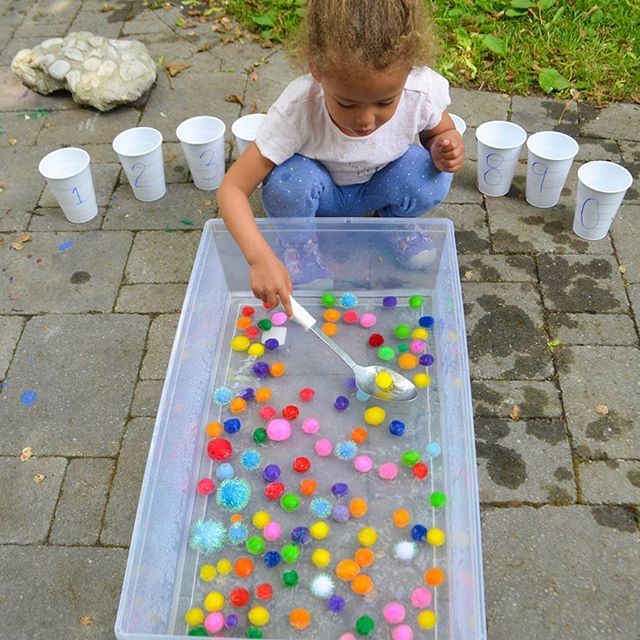 There are so many interesting things around, pay the child's attention to all the details, talk about nature, people, houses, cars.
There are so many interesting things around, pay the child's attention to all the details, talk about nature, people, houses, cars.
Educational activities for children from 3 to 5 years old
Three-year-old children usually speak well, are able to remember a lot of information, and begin to comprehend the alphabet and numbers. For parents, the main thing now is not to force the child to sit and tediously memorize rhymes and show you the necessary pictures in educational books. Don't forget the game, and only the game!
- Development of memory. Learn poems with your child - they are remembered faster. Play the game "Remember More Items": first lay out 3 items, let the child look, and then cover with a handkerchief and ask them to list. Gradually increase the number of items. Offer to switch roles, and try to deliberately make a mistake, let the baby tell you what is hidden under the scarf.
- Tell us about the properties and characteristics of objects.
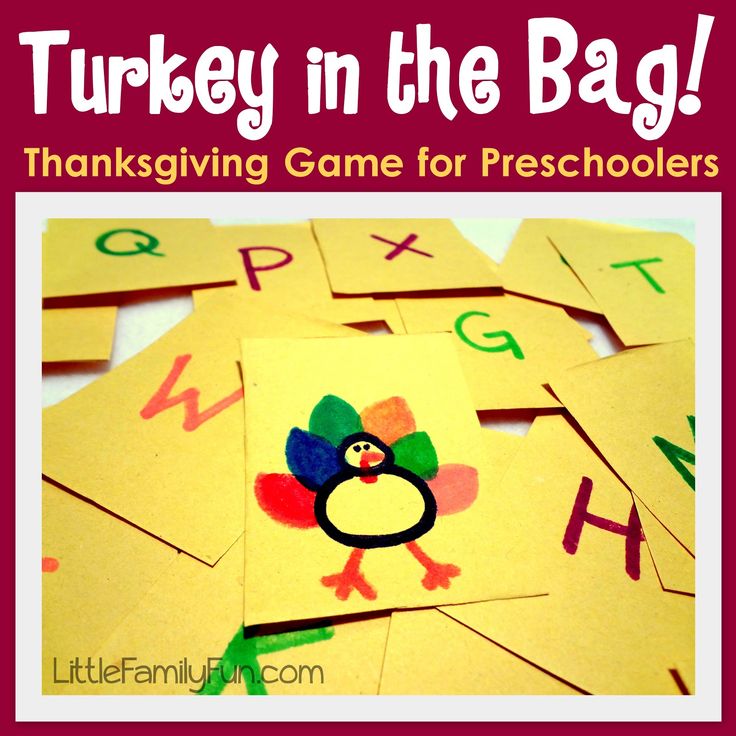 For example, that ice is cold and hard, a cow is a pet and loves hay, candy is sweet, and fish lives only in water, etc.
For example, that ice is cold and hard, a cow is a pet and loves hay, candy is sweet, and fish lives only in water, etc. - Make riddles. Easy at first, then more difficult. Let the kid learn to think logically and compare facts.
- Read books. If the kid can already retell the entire content of the fairy tale, invite him to dream up: “What will happen if the fox did not eat the bun?”.
- Teach your child the etiquette of communication. He must know and be able to operate with such concepts as "thank you", "good morning", "goodbye". For these purposes, transfer all life situations to the game: put the doll to sleep, feed the bunny, receive guests.
Educational activities for children from 5 to 6 years old
Children 5-6 years old are ready to start getting ready for school. Developing classes at this age should lay the foundation for further successful studies. Here, the main thing is not to upset the fine line of balance and not cause aversion in the child to study.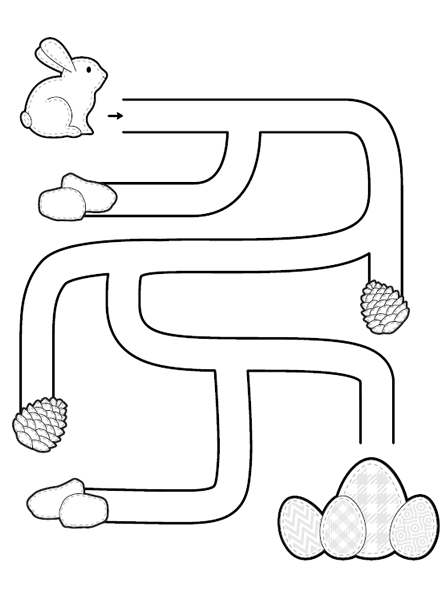 The baggage of knowledge of a five-year-old kid is no longer small, and also, he knows how to fantasize, defend his opinion, realizes what responsibility is. Use fun puzzles, puzzles, rebuses. Don't forget to encourage your child, and never yell if something doesn't work out. Along with intellectual developmental activities, do not forget about physical development. Chase a ball with your child in the yard, teach him to skate, rollerblade, bicycle.
The baggage of knowledge of a five-year-old kid is no longer small, and also, he knows how to fantasize, defend his opinion, realizes what responsibility is. Use fun puzzles, puzzles, rebuses. Don't forget to encourage your child, and never yell if something doesn't work out. Along with intellectual developmental activities, do not forget about physical development. Chase a ball with your child in the yard, teach him to skate, rollerblade, bicycle.
For toddlers from 0 to 6, there are many educational games and activities. The main thing is that it should be interesting. And if the parents are a little tired, take the baby to the kids club. Read more detailed information in the article "Developing clubs for kids in Moscow", and if you need a holiday and relaxation, then "Playrooms for kids in Moscow" are waiting for their little guests.
10 fun educational workshops for kids
Ekaterina Ushakhina
The more parents play with their children, the happier their childhood is.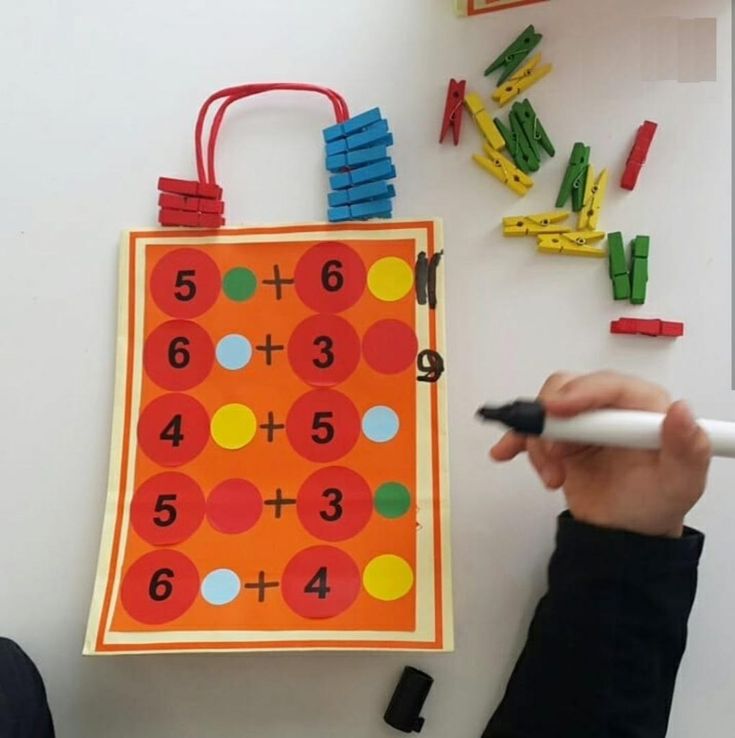 Proven by psychologists. Therefore, make it a rule every day to spend at least 20 minutes with the baby for a joint lesson. It can be simple games, drawing, modeling or any creative activity.
Proven by psychologists. Therefore, make it a rule every day to spend at least 20 minutes with the baby for a joint lesson. It can be simple games, drawing, modeling or any creative activity.
Some fun and easy ideas especially for you and your little ones.
Magic Drops
This is a very simple activity that requires water, a pipette and liquid paints. As a canvas, you can use napkins or paper towels, light cotton cloth and plain paper. The kid will see how the liquid behaves differently on different surfaces and materials.
Dilute gouache, acrylic or food coloring in water to make it easy to pick them up with a pipette. The baby will be able to add the finished liquid paint drop by drop onto paper, cloth or into a glass of clean water - it dissolves beautifully there. In the latter case, it is better to use saturated food coloring to make the picture brighter.
Balloon paintings
Balloons can not only be played with, but also prints can be made - big and small, round and elongated, whatever you like.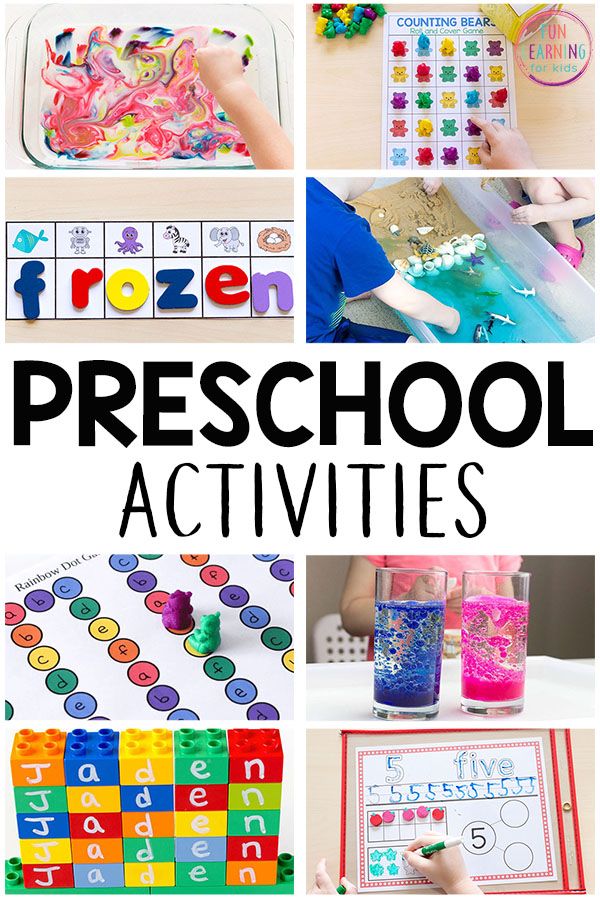
It is best if you match the balls to the color of the paints and use red, yellow and blue with the appropriate gouache. Then it will be easier for the kid to find a ball with the color that he wants to use at the moment in his creation.
Stamping with balloons is even more fun when filled with a little water. And if you tie longer ropes to them, then you can leave prints while standing, lowering the balls onto a sheet of drawing paper. It will be good if you participate in the process. The results of such joint creativity may well become gift wrapping paper or the basis for a homemade board game.
Patterns on milk
Drawing on milk is worth practicing at least once - for the unusual patterns that result.
You will only have to donate 100-150 ml of precious liquid - it is much cheaper than some paints. The process of such drawing is quite simple. Pour the milk into a small flat dish. Brushes (or toothpicks, or cotton swabs) first dip into the paint, and then into the milk so that a colored spot forms on its surface.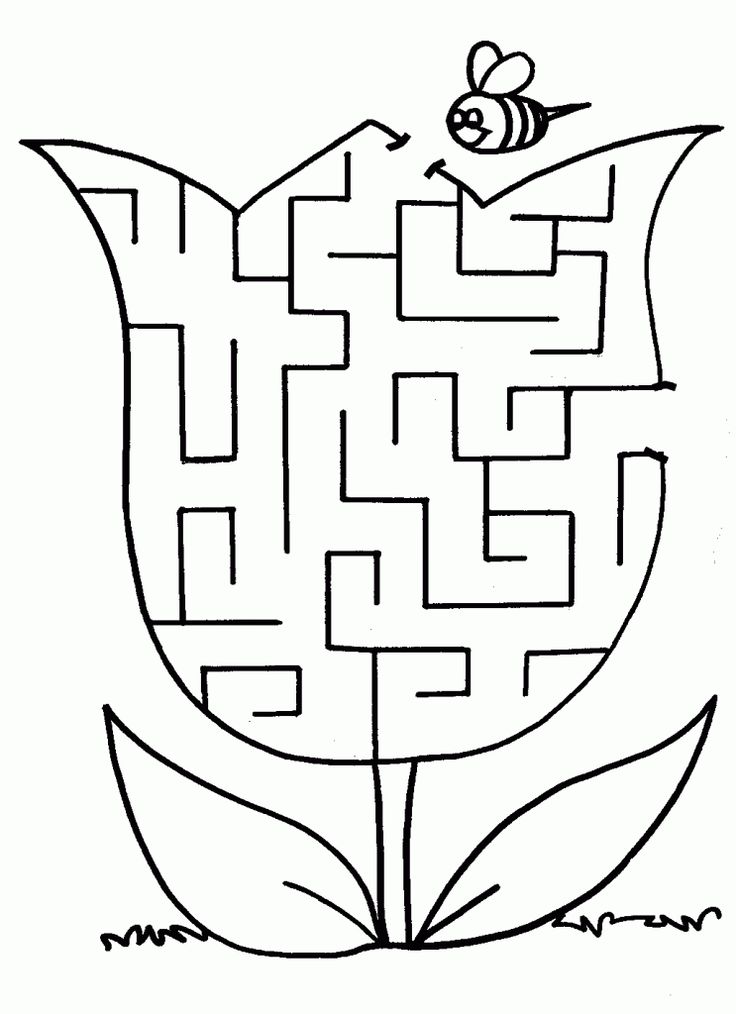 In the center of the stain, drop a little dishwashing detergent, liquid soap or shower gel - that is, any degreasing agent. The result will be very interesting stains and curls that can be transferred to a sheet of watercolor paper by placing it on the surface of the milk.
In the center of the stain, drop a little dishwashing detergent, liquid soap or shower gel - that is, any degreasing agent. The result will be very interesting stains and curls that can be transferred to a sheet of watercolor paper by placing it on the surface of the milk.
Frost and colors
Winter is not always conducive to long walks, but they can be made exciting. This will help drawing in the snow.
Before going out, dilute food coloring in water and pour into a spray bottle or bottle with a small hole. Also prepare a glass and a large brush so that you can paint with different tools. And of course, you will need several pairs of mittens that are resistant to paint and moisture. Now boldly go to paint the surrounding snowdrifts, snow-covered asphalt, curbs and even icicles.
Don't worry about traces of paint left somewhere - they won't survive until spring. When you explain the rules of the game, do not forget to tell the child that you do not need to splash paint on yourself or your mother.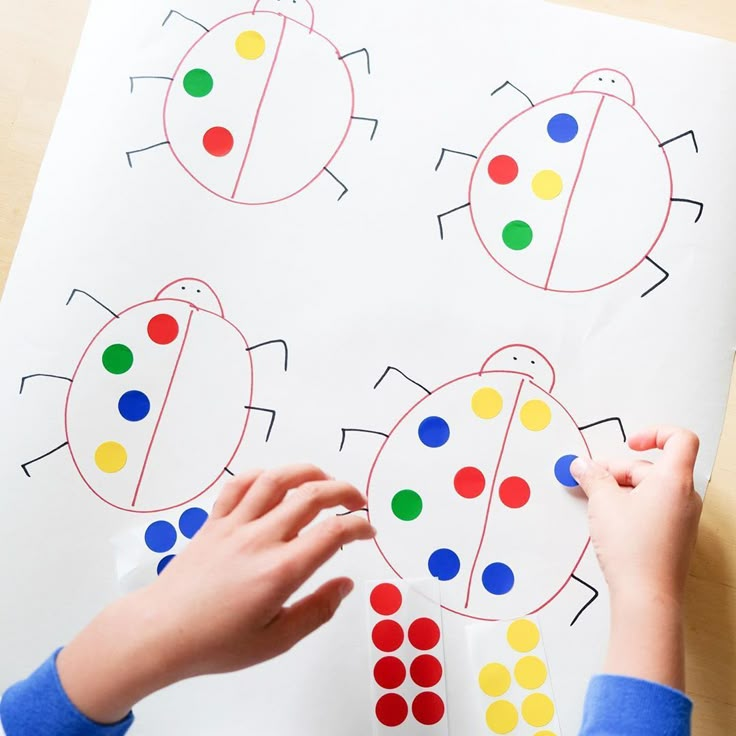
Plasticine pasta
You can diversify the usual plasticine molding in an interesting and uncomplicated way. The kid will be delighted.
Plasticine based on polyethylene has one interesting property: it becomes more plastic from the heat of the hands. But if you heat it up more, you can get an unusual effect. For modeling, you will need ordinary plasticine and disposable syringes without needles. Roll up small plasticine sausages and put them in a syringe. Close the plunger and immerse the syringe in hot water.
Depending on the composition of the plasticine, you will need 5-30 seconds before you can freely press the plunger of the syringe and squeeze out a long, thin pasta. It is better to do this experiment first without a child in order to understand how long it takes to soften your plasticine and what water temperature will be optimal so that the pasta is easily squeezed out.
The smallest will be enough to play with plasticine pasta, while older children can already be entrusted with a more difficult task: putting plasticine into a syringe and squeezing out long thin sausages.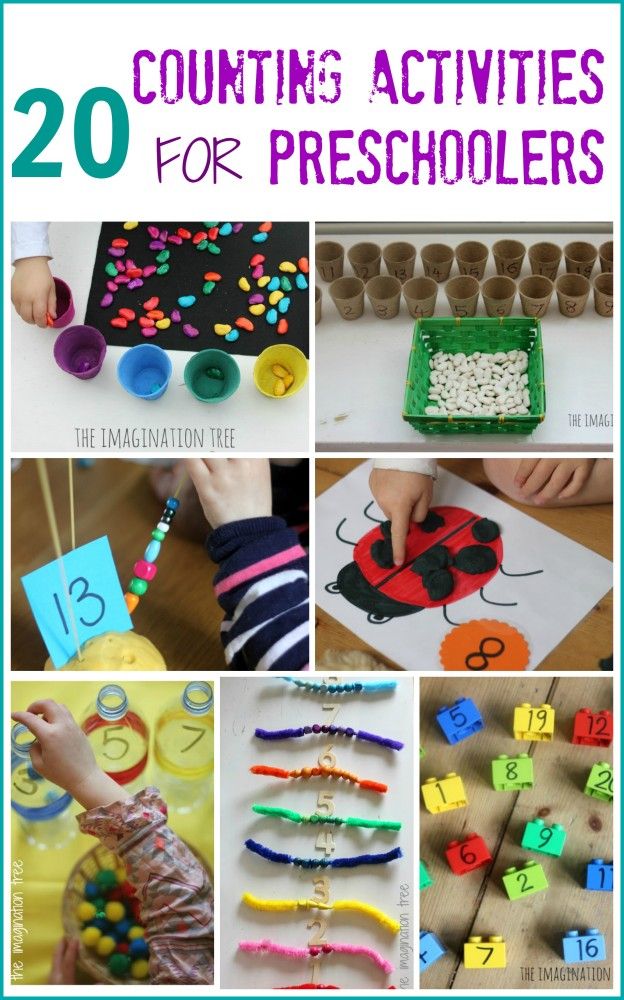
Homemade cars
These days you can find many cars in different colors, sizes and from different materials in shops and kiosks. But why not replenish your fleet with homemade cars?
Save some toilet paper or paper towel rolls to make cardboard cars. Paint the hub the same color as the car and cut out a space for the racer. Install a cardboard or wire steering wheel. Make the wheels out of thick cardboard and glue them with a glue gun, double-sided tape or quick-drying glue, or you can just sew them on. Yes, these wheels will not spin, but the child will still be able to play with the new car.
Older children are quite capable of making such a toy on their own. Invite your child to draw a number, a team flag on it, write the slogan of the race, and decorate the body with stickers.
Paper lunch
It will take years for a baby to master the difficult art of cooking.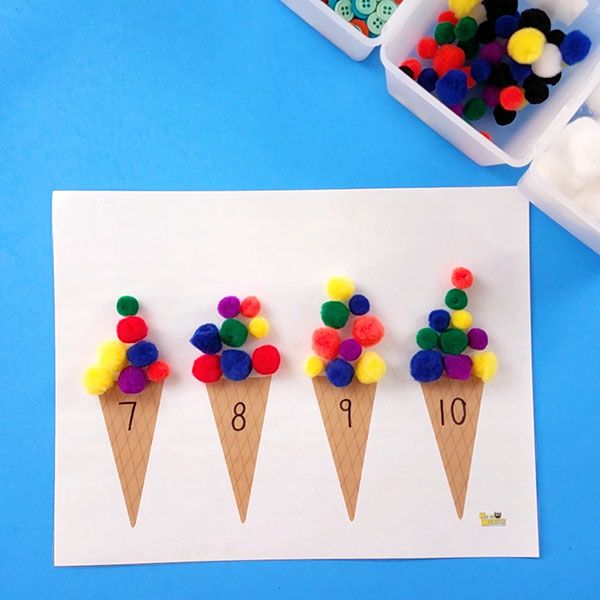 And for starters, he can draw treats for his toys.
And for starters, he can draw treats for his toys.
Watching mom prepare dinner, baby can do the same. Only he will need paper and colored pencils for this. Encourage your child to imagine. What vegetables would he add to this salad? What will be the filling in the pie? Let him talk about what he will draw.
The smallest ones can be helped a little: for example, you draw a complex broccoli, and he draws a simple potato. It is important which pencil he chooses for this! You can then treat the dolls with the food drawn or use it to study the score: for example, divide the pie into equal pieces, name the number of apples on the sheet, and so on. And you can always easily and quickly "cook" a variety of dishes.
Silhouette Drawing
Through this exercise, children begin to look at their body and think about it.
Take a large piece of paper or wallpaper, spread it on the floor, or better stick it on tape. Invite the baby to lie on the sheet in a funny position. Circle his body with a felt-tip pen. Invite the child to draw some kind of pattern, clothes, face inside the silhouette, or just paint the figure. Dry the drawing, then hang it on the wall.
Invite the baby to lie on the sheet in a funny position. Circle his body with a felt-tip pen. Invite the child to draw some kind of pattern, clothes, face inside the silhouette, or just paint the figure. Dry the drawing, then hang it on the wall.
Salt watercolor
This activity will help you understand how salt and paint interact. When the drawings dry, they will become shiny.
Materials
• A pack of salt
• Transfer
• Cardon
• Bottle of stationery glue
• Watercolor
• Brush
1. Pour
2 with a cereal with a glue with a glue. some pattern on cardboard, place cardboard on a tray, shake off excess salt
3. Dip the brush in the paint and apply it to the salt line. The paint will start to bleed. Use different colors. Then dry.
Draw a song
Draw to the music and try to convey the melody in your work.

